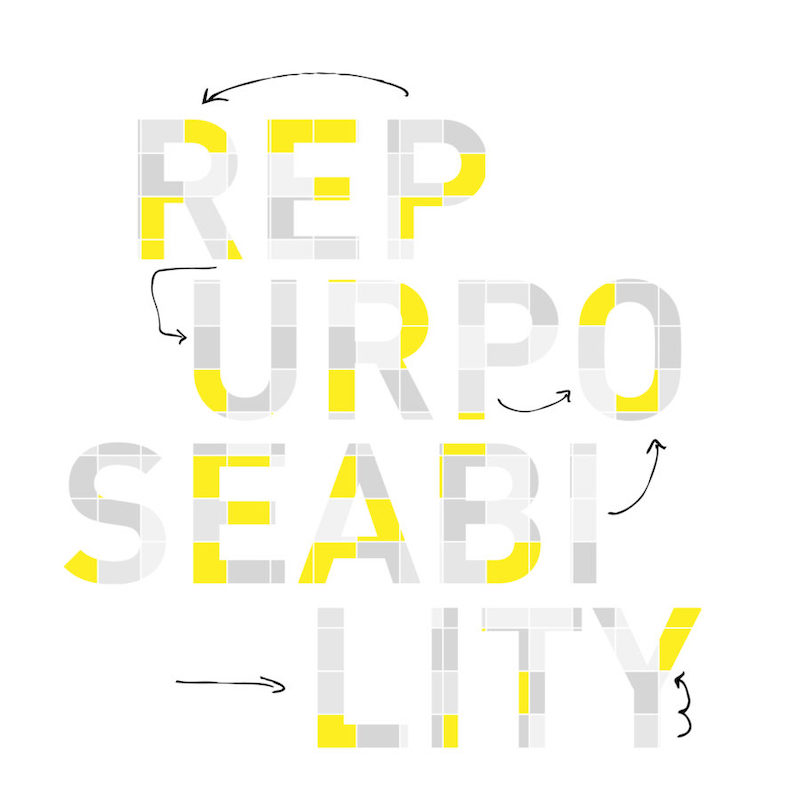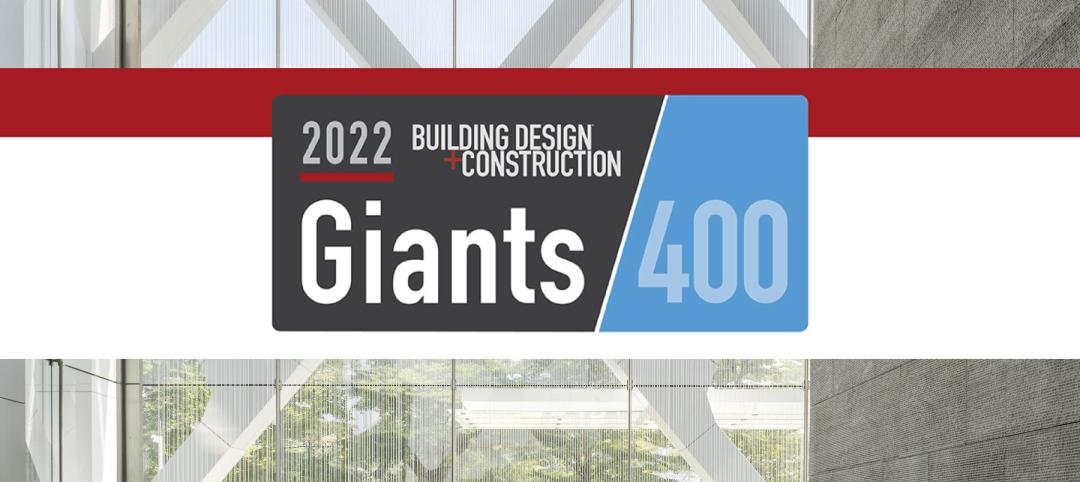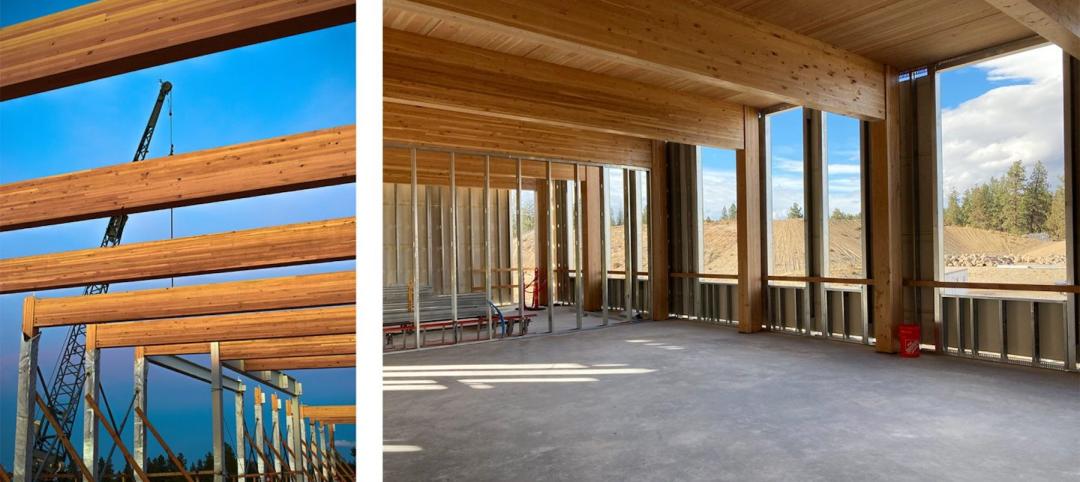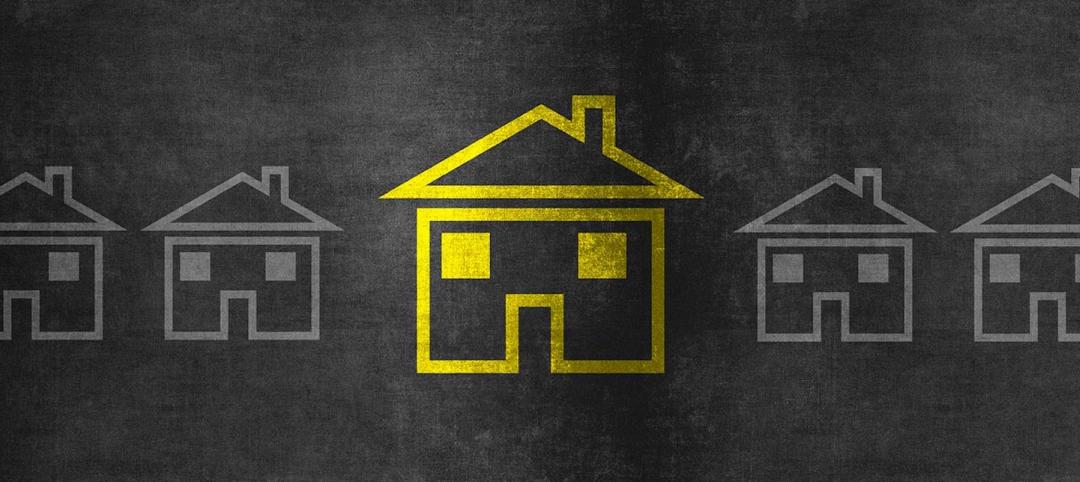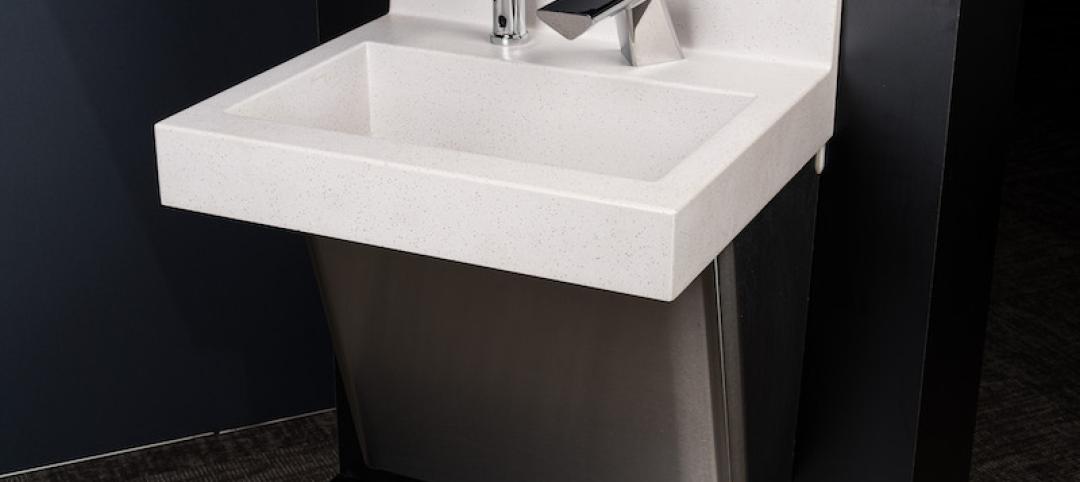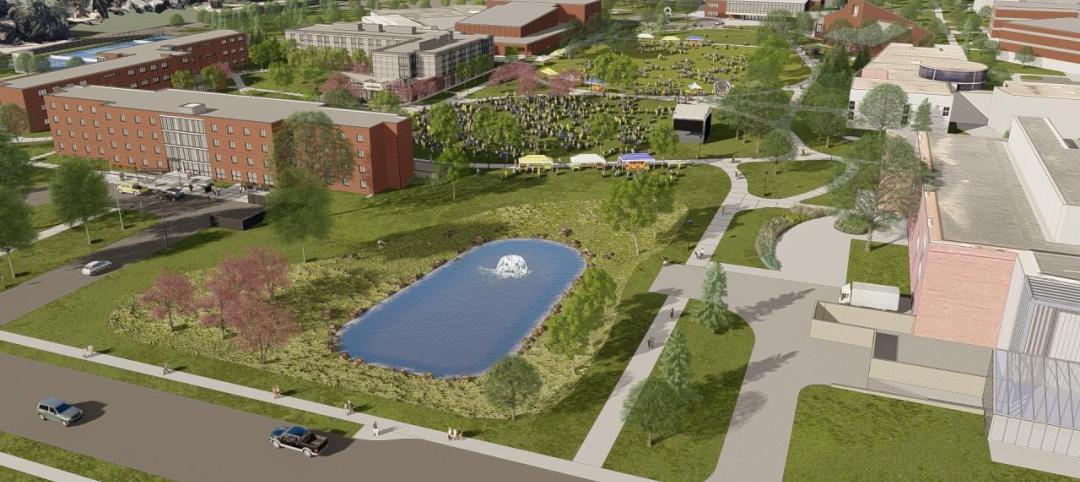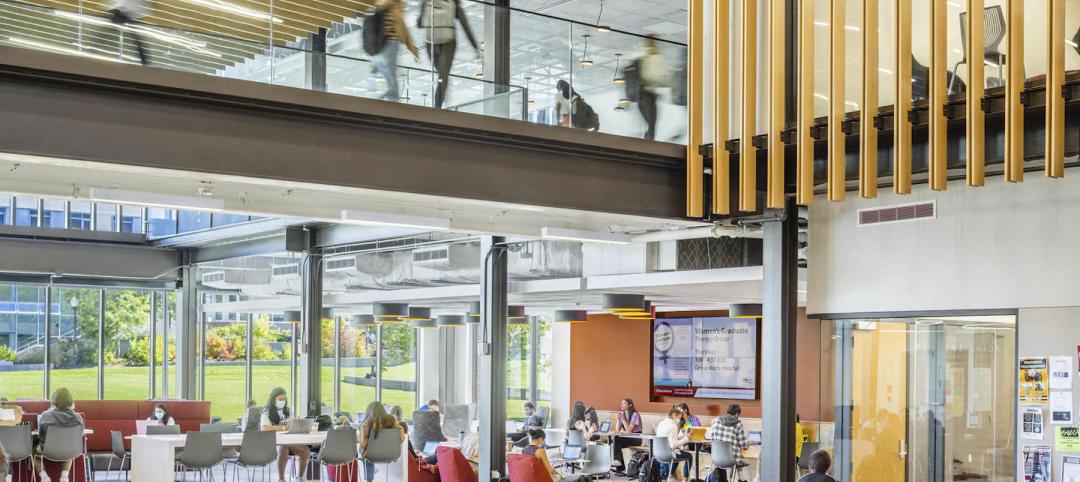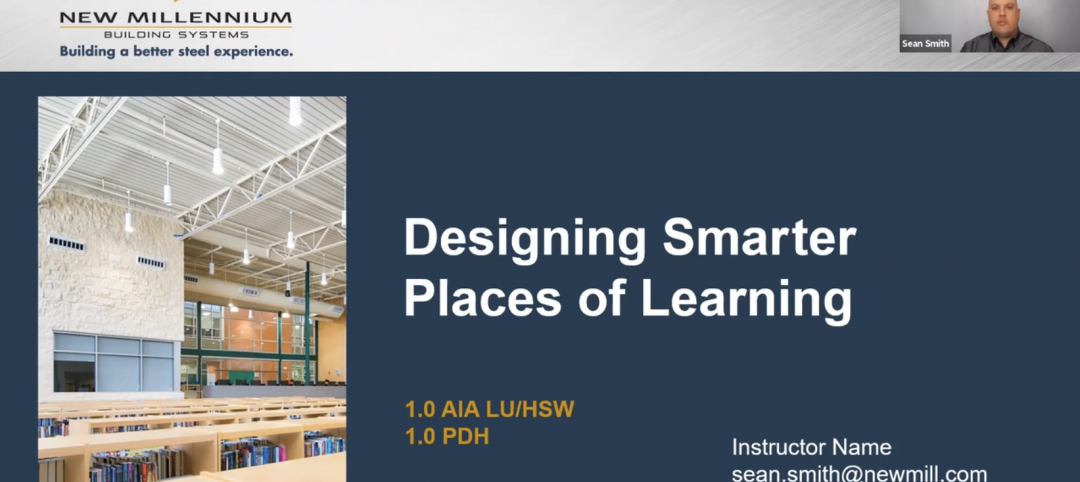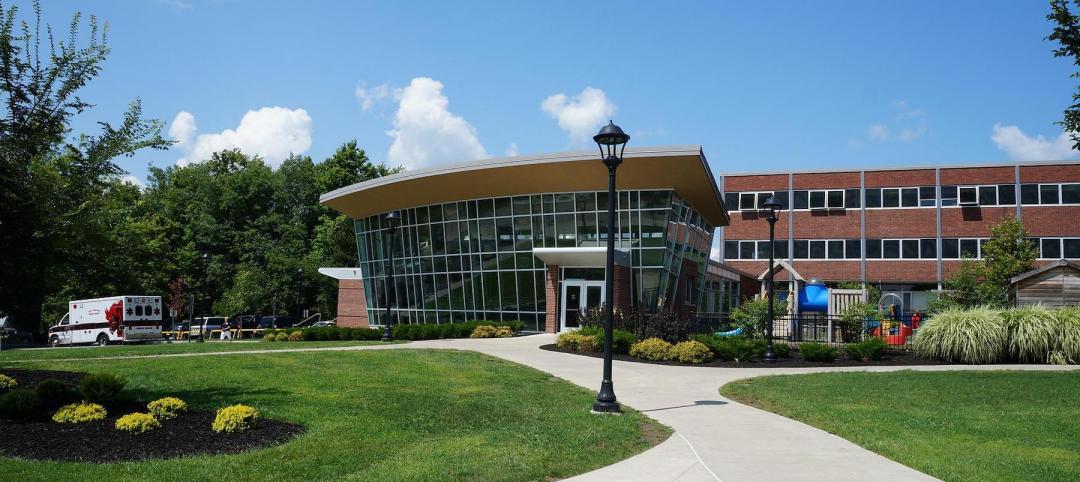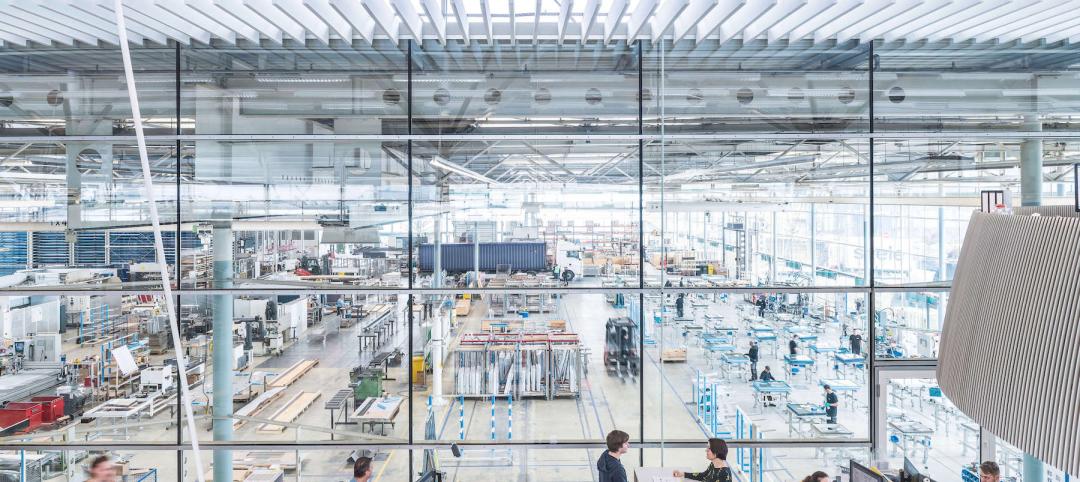HIGHER ED’S ‘EDIFICE COMPLEX’
Describing American colleges and universities as suffering from an “Edifice Complex,” in 2012 the New York Times reported that, “A decade-long binge to build academic buildings, dormitories and recreation facilities – some of them inordinately lavish to attract new students – has left colleges and universities saddled with large amounts of debt.”
One calculation at the time showed that the amount of campus space per student had nearly tripled since 1974.
It was clear then, as it is now, that this kind of growth is unsustainable. And yet despite deep cuts in state funding and flattening enrollment, this building spree has continued. In 2015, American colleges and universities went on to spend a record $11.5 billion on construction, creating 21 million SF of new space even as they faced a record $30 billion shortfall in deferred maintenance costs on existing facilities.
What’s driving campus growth is clear. As public funding for higher education has fallen and colleges and universities find themselves ever more dependent on tuition dollars, they’ve relied on debt financing to build the kinds of spaces, they hope, will attract and retain more students (State of Facilities in Higher Education).
With COVID-19 putting additional pressures on budgets and shutting down or restricting campus access, endless campus expansions are even less tenable. At the same time, the near universal adoption of remote learning in Spring 2020 has opened new pedagogical opportunities that may lessen the demand for more space – not just this year but into 2022 and beyond. Given this confluence of events, it’s likely that colleges’ appetite for new construction will be diminished for the foreseeable future.
A pivot from ever-expanding campuses towards more compact and better-utilized ones cannot resolve the underlying funding issue, but it can help control most colleges and universities’ second largest expense: their facilities. This transition will inevitably involve university architects, planners, and administrators reconsidering—and repurposing—their existing space. There is no one-size-fits-all strategy for managing a campus’s spatial needs. Your institution’s plan needs to reflect its character. However, there are some key considerations to account for when making decisions to ensure the resiliency and adaptability of your campus.

CONSIDERATIONS FOR SMART GROWTH
Mission. Your college or university’s mission should be at the heart of any space planning decisions that are made. What is the mission of the university? How do time and circumstance shape that mission? The answers to these questions should guide your planning process.
Space Typology. It’s important to understand the priority and characteristics of your campus spaces. Your campus likely requires a mix of research labs, learning spaces, libraries, student life spaces, and administrative offices. When evaluating how to develop, allocate, or repurpose campus spaces, you should consider the likelihood that the need for them will endure, the frequency of their use, their relative value to those who use them, and their ability to double as immersive communities.
Space Funding. What spaces are revenue generating? This concern shouldn’t diminish all others, but you also don’t want to interrupt a valuable funding stream. Most universities and colleges have a grant-tracking system in place. Correlating space data with your grant-tracking system can create a useful metric for evaluating a space’s effectiveness.
How are your rooms and buildings paid for? Are you using grants, funding from alumni, donors, etc.? While you may want to repurpose a space (and may be physically be able to do so), it’s important to understand whether it’s reserved or off-limits due to its funding source.
Flexibility, Adaptability, “Repurposeability.” For planning a resilient, robustly-used campus, two key spatial characteristics are flexibility and adaptability. Flexibility is a measure of a space’s capacity to support different uses over the course of a day or week, while adaptability is a longer-term measure of its ability to support fundamental use changes with minimal architectural intervention to the infrastructure. Taken together—and combined with other factors that affect space planning (funding sources, revenue-generation, space utilization data, etc.)—these factors determine what we call the “repurposeability” of a space.
Most colleges plan for flexibility. Some plan for adaptability. Few, if any, bring all of these factors together into a comprehensive analysis that provides a holistic view of an institution’s future space needs. But this type of analysis could help campuses avoid costly expansion or repurposing while existing spaces are underutilized.
DATA-DRIVEN PLANNING
But before you make these decisions, it’s imperative to determine how you can measure the use of existing spaces, and what data you have available—or can generate—in order to evaluate what kinds of spaces you actually need (vs. what you already have). Be resourceful! It may not be simple or centralized as you begin to gather this data, but you’d be surprised how much you already have at hand.
Once data is identified and analyzed, variables can be assigned to key questions and a space’s “repurposeability” can be rated. Spaces can then be plotted along a “repurposeability” spectrum. See example below.

As you begin to measure the “repurposeability” of your space, maintain focus on what factors are influencing the decisions within your college or university and what are the best, most cost-effective, and judicious actions that you can take to forward your institution’s mission.
PREPARING FOR THE FUTURE
While there’s no perfect formula or single answer that will work for all campuses, what has been made clear by COVID-19 is the need for spaces that can change to meet changing needs. Further, the reliance on data to make informed decisions is critical – and although you may have some segment of this data now in an ad-hoc collection of systems or spreadsheets, you should consider how to make that data usable for all your space planning needs. As your institution continues to repurpose existing spaces or build new ones, it’s also advisable to develop a plan for generating and storing space-related data in a centralized, easily accessible, and user-friendly format to simplify this process in the future.
If COVID-19 and its impacts on the spring and fall semesters of 2020 has taught us anything, it’s that it is impossible to predict future events. But data-driven planning that integrates the concept of “repurposeability” can help universities manage the financial, social, and pedagogical impacts of an unpredictable future.
Related Stories
Giants 400 | Aug 19, 2022
2022 Giants 400 Report: Tracking the nation's largest architecture, engineering, and construction firms
Now 46 years running, Building Design+Construction's 2022 Giants 400 Report rankings the largest architecture, engineering, and construction firms in the U.S. This year a record 519 AEC firms participated in BD+C's Giants 400 report. The final report includes more than 130 rankings across 25 building sectors and specialty categories.
Daylighting | Aug 18, 2022
Lisa Heschong on 'Thermal and Visual Delight in Architecture'
Lisa Heschong, FIES, discusses her books, "Thermal Delight in Architecture" and "Visual Delight in Architecture," with BD+C's Rob Cassidy.
| Aug 8, 2022
Mass timber and net zero design for higher education and lab buildings
When sourced from sustainably managed forests, the use of wood as a replacement for concrete and steel on larger scale construction projects has myriad economic and environmental benefits that have been thoroughly outlined in everything from academic journals to the pages of Newsweek.
Multifamily Housing | Aug 4, 2022
Faculty housing: A powerful recruitment tool for universities
Recruitment is a growing issue for employers located in areas with a diminishing inventory of affordable housing.
Higher Education | Aug 1, 2022
A revived national database identifies present and future college planning trends
Buro Happold’s brightspot strategy helped the Society for College and University Planning restart its information gathering.
University Buildings | Jul 11, 2022
Student life design impacts campus wellness
As interior designers, we have the opportunity and responsibility to help students achieve deeper levels of engagement in their learning, social involvement, and personal growth on college campuses.
Sponsored | BD+C University Course | May 10, 2022
Designing smarter places of learning
This course explains the how structural steel building systems are suited to construction of education facilities.
Higher Education | May 5, 2022
To keep pace with demand, higher ed will have to add 45,000 beds by year-end
The higher education residential sector will have to add 45,000 beds by the end of 2022 to keep pace with demand, according to a report by Humphreys & Partners Architects.
Sponsored | BD+C University Course | May 3, 2022
For glass openings, how big is too big?
Advances in glazing materials and glass building systems offer a seemingly unlimited horizon for not only glass performance, but also for the size and extent of these light, transparent forms. Both for enclosures and for indoor environments, novel products and assemblies allow for more glass and less opaque structure—often in places that previously limited their use.


